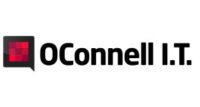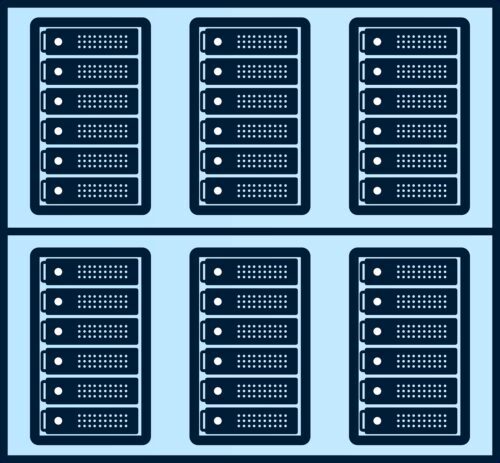Certainly, choosing reliable web hosting is crucial for the success of your small business website. Here are the top 10 reasons why reliable web hosting is important:
- Uptime and Availability: A reliable web host ensures that your website is accessible to visitors around the clock without frequent downtime.
- Website Performance: Reliable hosting provides fast loading times, which is crucial for user experience and search engine ranking.
- Security: A reputable hosting provider offers robust security features, including firewalls, malware scanning, and regular backups to protect your website and customer data.
- Customer Support: Reliable hosts offer excellent customer support, helping you quickly resolve any technical issues that might arise.
- Scalability: As your small business grows, reliable hosting allows you to easily upgrade your resources to accommodate increased website traffic and demand.
- SEO Ranking: Search engines prefer websites that load quickly and are consistently available, positively impacting your search engine ranking.
- E-commerce Compatibility: If you run an online store, reliable hosting is essential for secure transactions and maintaining customer trust.
- Backup and Recovery: Regular backups provided by a reliable host ensure that your data is safe and can be restored in case of emergencies.
- Tech Resources: Reliable hosting often comes with access to the latest technologies, like SSL certificates, CDN integration, and one-click software installations.
- Professionalism: A reliable web host contributes to your business’s professional image, showcasing your commitment to providing a seamless online experience for your customers.
When selecting a web hosting provider for your small business based in Long Island, consider these factors to ensure you make the right choice for your specific needs.




